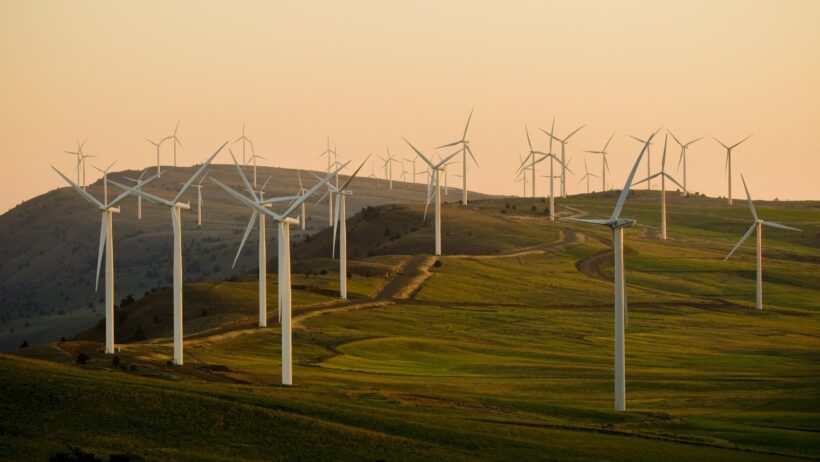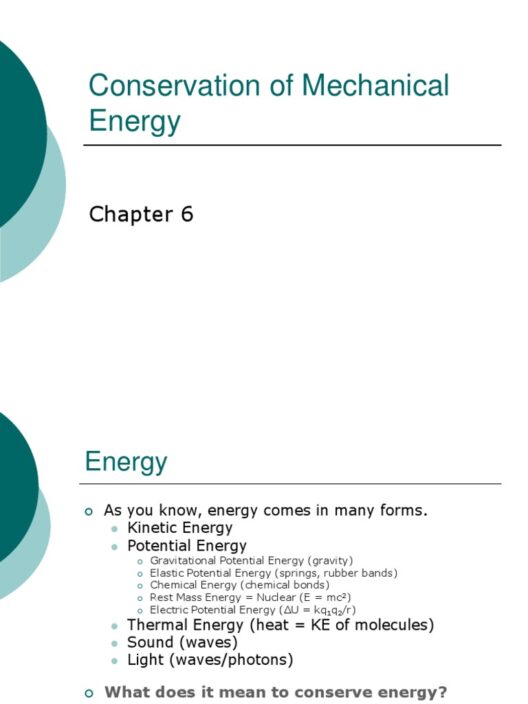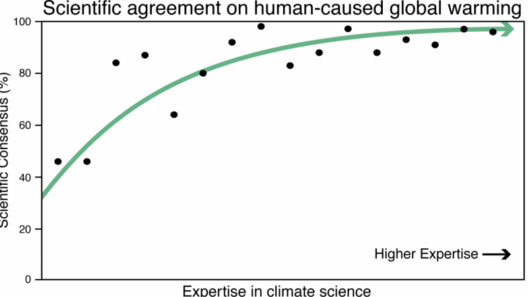As we navigate the complexities of climate change, a concept that has gained significant traction is the “Climate Clock.” This metaphorical countdown highlights the urgency with which we must act to mitigate the repercussions of global warming. Each passing moment ticks away not merely as a measure of time, but as an indicator of the dwindling opportunities we have to avert catastrophic climate impacts. But what happens when the Climate Clock runs out? Understanding this is essential for cultivating a poignant perspective on our environmental responsibilities.
To elucidate the implications of a depleted Climate Clock, we must first comprehend the broader context of climate change. The Earth’s climate is fluctuating due to anthropogenic activities, predominantly the emission of greenhouse gases such as carbon dioxide and methane. These emissions are a direct consequence of human actions: fossil fuel combustion, deforestation, and industrial processes. As a result, global temperatures are on an upward trajectory, leading to profound and multifaceted alterations across geological, biological, and ecological systems.
The ramifications of a warming planet become increasingly severe as we approach critical temperature thresholds. The scientific consensus indicates that a rise of 1.5 degrees Celsius above pre-industrial levels will result in irrevocable changes. This seemingly innocuous number has gargantuan implications for biodiversity, human health, and the stability of ecosystems. For instance, coral reefs — which serve as vital marine habitats — are projected to experience mass bleaching events, rendering them lifeless if temperatures exceed these thresholds. The extinction of countless species could follow suit, marking the loss of irreplaceable biodiversity.
As the Climate Clock strikes zero, the alarming prospect of feedback loops ensues. These loops are self-perpetuating sequences that exacerbate climatic conditions. One notable example is the melting of Arctic ice. As ice melts, it exposes darker ocean water, which absorbs more sunlight and exacerbates warming. This cycle continues, further accelerating ice melt and leading to more pronounced rises in sea levels. Coastal cities worldwide would face unprecedented flooding risks, displacing millions and engendering humanitarian crises.
Moreover, agriculture — the foundation of human sustenance — stands precariously at the precipice of this impending disaster. Climatic changes are anticipated to disrupt traditional growing seasons, reduce crop yields, and lead to widespread food insecurity. With deteriorating soil health and unpredictable weather patterns, farmers may struggle to sustain even basic food production. Imagine a world where staple crops like wheat and rice succumb to climate-induced stresses; the repercussions would resonate across social, economic, and political landscapes globally.
The human health crisis is another grievous consequence of unchecked climate change. A world without the mitigating influence of a stable climate may yield a surge in heat-related illnesses, respiratory diseases due to increased air pollution, and the resurgence of vector-borne diseases. As climate zones shift, so too do the habitats of mosquitoes and other disease carriers, posing new health threats to populations previously shielded from such risks. This precarious reality emphasizes the need for proactive measures to safeguard public health.
One might ponder: is there still hope even if the Climate Clock runs out? The answer lies in collective action and resilience. While the scenario of a fully exhausted Climate Clock may seem like a harbinger of doom, it also serves as a clarion call for transformative change. The timeline must inspire us to envision innovative solutions, green technologies, and sustainable lifestyles that can rehabilitate our planet. Advocating for renewable energy sources such as solar, wind, and hydroelectric power could significantly reduce our reliance on fossil fuels, thus diminishing greenhouse gas emissions.
Additionally, fostering a circular economy, wherein waste is minimized, and resources are reused, can pave the way for more sustainable consumption patterns. Educational initiatives that arm individuals with knowledge about sustainable practices drive home the importance of personal responsibility. Shifting consumer behavior and supporting environmentally-conscious businesses have the potential to catalyze significant change.
Climate diplomacy also plays a critical role in addressing this crisis. International agreements and collaborations, such as the Paris Agreement, are imperative in establishing unified goals for carbon emission reductions. As nations come together with a shared commitment to combat climate change, they embody the collective will to reshape our global future. It is through cooperation, collaboration, and community engagement that we can collectivize our efforts to avert impending climate disasters.
As the countdown on the Climate Clock continues, it beckons a profound shift in perspective. It is not merely a reminder of how much time is left; it challenges individuals, communities, and nations alike to reconsider their relationship with the environment. The question remains: when the clock runs out, will we find ourselves entangled in despair, or will we rise as stewards of the Earth? The onus is upon us to choose a path that honors our planet, protects future generations, and safeguards the delicate balance of life.
In conclusion, the ticking of the Climate Clock symbolizes our urgent responsibility to act. This countdown is not just a beacon of alarm; it functions as an opportunity for rejuvenation and innovation. The urgency has never been more palpable, and the time for change is now. A world awaiting the outcome of this countdown is both daunting and inspiring—the prospect of what we could achieve if we collectively harness our will to protect our planet is formidable. The debate is not whether to act; it is how we will respond when the clock finally strikes zero.







